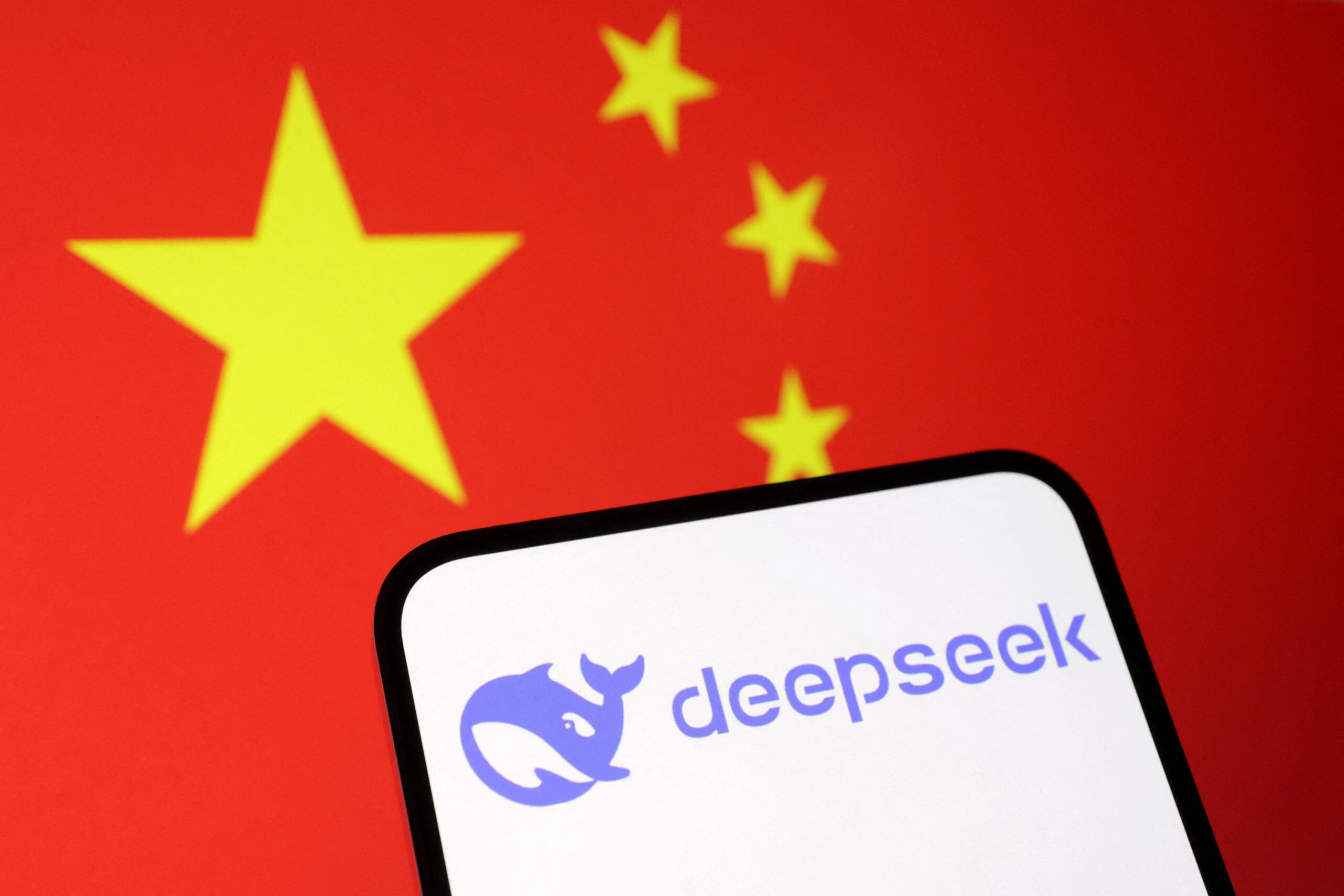In January, a Chinese company launched Deep Seek, a large language model Artificial Intelligence tool that cost U.S. chip maker Nvidia billions of dollars in market capitalization and knocked Microsoft’s ChatGPT down a few pegs in the app store.
Deep Seek, or should I say “deep sneak,” seemingly came out of nowhere. In national news, it was an upset that threatened a dominant American software company and, potentially, national security. Meanwhile if you check conversations on a platform like Reddit, individuals were excitedly downloading Deep Seek to see how it could benefit them. I want to know what all the fuss is about, don’t you?
What is Deep Seek?
Deep Seek is very similar to other AI products. However, according to the article “ChatGPT vs. Deep Seek: How the Two AI Titans Compare” from the University of Cincinnati, there are some notable differences.
- The company was launched in China by a Chinese businessman, Liang Wenfang.
- He used a store of Nvidia chips that we assume he accumulated before September 2022, when their export to China was banned.
- It is faster than ChatGPT and cheaper to run. Some experts believe this is due to using the Nvidia chip along with cheaper ones that somehow create a more efficient process.
- It is free to use
- It does not offer image generation.
- Any information currently censored in China is not available in the application.
- Its servers are in China
Does it Do A Good Job?
The functionality is very similar to Open AI and its ChatGPT application. You provide a prompt, and it responds.
According to different threads on Reddit, Deep Seek is great and not so great. I found from reading that certain types of responses work better than others. Social media post generation, solving math problems, and other short, specific forms of content or answers are excellent. For code building, some people feel that what it can create for you is limited, whereas the older Chat GPT can do more.
Remember that for all generative AI programs, the data is “hoovered indiscriminately from the internet” (MIT Technology Review). So, what you are getting is already out there. These are finite data sets that aren’t curated by the applications. There is no quality control, fact-checking, or innovation in the content you are getting.
Should You Be Concerned About Deep Seek
What may be most concerning is the speed at which people started downloading Deep Seek without knowing exactly how it works and where it is from. However, Deep Seek’s value for consumers is that it’s free. You need to commit to a monthly fee to gain more function from Open AI. “Free” levels the playing field for people who rely on generative AI. There have also been accusations and lawsuits against Deep Seek, accusing the company of stealing American technology and intellectual property.
Ultimately, Deep Seek will benefit from being in the U.S. market because it will have the opportunity to “learn” from what we ask it to do. Given that Americans are deep into digital transformation and automating anything that will fly, we can speed up the learning process for Deep Seek. And, of course, share all the intellectual capital with China.
Should we do that for a Chinese company, even though it’s cheaper, more energy efficient, and better at some things? U.S. companies should start thinking about how they will hold onto their market share or risk losing their dominant positions. For us, we need to decide where we want our data used, in China or the U.S.? Take your pick.
